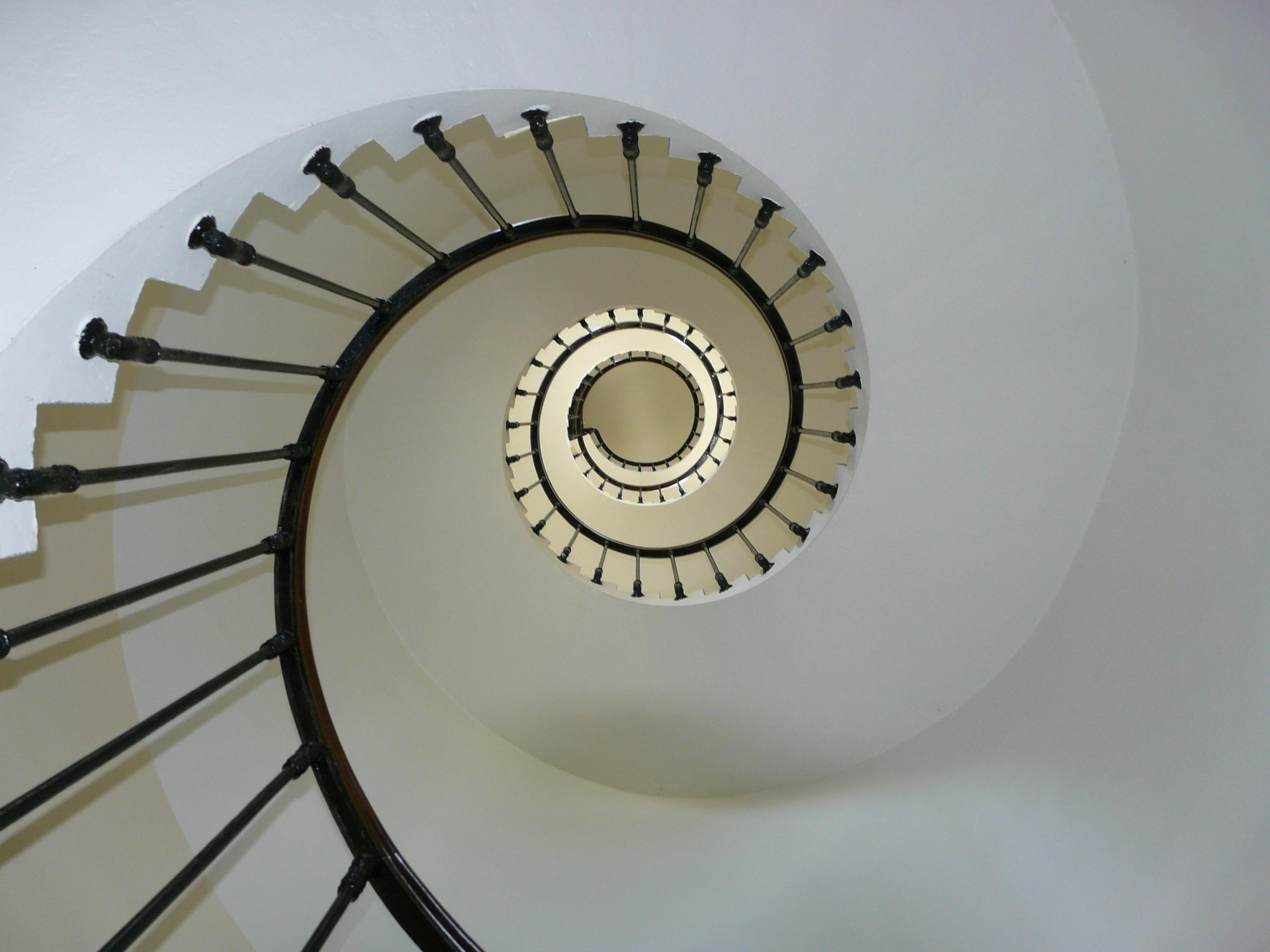Vertigo & Dizziness Clinic
Last updated: July 9th, 2025

Although related, vertigo or dizziness, describe different experiences.
Vertigo refers to a sensation of spinning or movement. Here the individual feels as if they or their surroundings are moving. Even when stationary. This can be caused by:
- inner ear disorders, such as benign paroxysmal positional vertigo (BPPV), or
- vestibular neuritis
Both affect the body’s balance system.
Dizziness, on the other hand, is a broader term. It includes sensations of lightheadedness, unsteadiness, or feeling faint without the specific spinning sensation.
While vertigo is typically associated with vestibular (inner ear) issues, dizziness can have a wider range of causes. These include low blood pressure, dehydration, medication side effects, or neurological issues.
The primary goals of a vertigo or dizziness clinic session is to:
- determine the cause of symptoms, and
- develop a tailored management plan to reduce discomfort and improve quality of life
The clinic approach combines physical assessment, diagnostic testing, therapeutic techniques, and patient education. Together these help patients understand and cope with their symptoms more effectively.
Who leads a Vertigo/Dizziness Clinic?
Vertigo and dizziness clinics are often led by healthcare professionals trained in balance disorders. The specific professional depends on the clinic’s structure and the nature of the symptoms.
ENT specialists and audiologists are often involved when vertigo is related to inner ear conditions.
Vestibular physiotherapists may also lead sessions, especially in rehabilitation settings.
In some clinics, neurologists, general practitioners with specialized training, or even specialised nurse practitioners may lead the session.
Neurologists are consulted if there are indications of central nervous system involvement, such as migraines or stroke.
What Happens During a Clinic Session?
A vertigo or dizziness clinic session includes several key steps: initial history taking, physical examination, diagnostic tests, and sometimes therapy or exercises.
1. Initial Consultation and History Taking
In the initial part of the session, the healthcare professional asks the patient to describe their symptoms.
They may ask questions about the frequency, duration, and triggers of the dizziness or vertigo episodes. For instance, vertigo often correlates with positional changes, such as lying down or turning the head. While dizziness may occur more randomly. Or in specific scenarios, like standing up quickly. This part of the session helps narrow down potential causes. And guides the rest of the assessment.
2. Physical Examination
The physical examination focuses on assessing the balance and vestibular function. This includes checking the eyes for nystagmus. Nystagmus is an involuntary jerking movement that can indicate vestibular dysfunction.
The Dix-Hallpike maneuver is a test where the patient is moved into a lying position with their head tilted at specific angles. This test is used to diagnose BPPV.
The healthcare professional might also conduct the head-thrust test. This involves rapidly moving the patient's head while they focus on a stationary object. The aim is to observe eye movement reflexes. And detect any issues with the vestibulo-ocular reflex.
3. Diagnostic Testing
Diagnostic tests vary based on symptoms. They often include tests like videonystagmography (VNG) or electronystagmography (ENG). These track eye movements to assess balance-related function.
Audiologists conduct hearing assessments if hearing loss is suspected.
In some cases, imaging studies, like MRI or CT scans, are ordered. Aim is to rule out structural brain abnormalities or neurological causes.
4. Therapeutic Interventions
Once the practitioner identifies the cause of the symptoms therapeutic interventions may begin.
For example, if BPPV is diagnosed, the healthcare professional may perform the Epley maneuver. This is a repositioning technique that helps relocate dislodged crystals in the inner ear.
If symptoms are due to balance disorders, the practitioner refers the patient to a vestibular physiotherapist. The vestibular practitioner leads exercises designed to improve balance and reduce dizziness. They might include:
- gaze stabilization,
- balance training, and
- habituation exercises
These help the brain adapt to abnormal signals from the vestibular system.
5. Patient Education and Counseling
Patients often feel anxious about their symptoms. So education is a crucial part of these sessions.
As part of this, the healthcare practitioner explains the underlying cause of the vertigo or dizziness. And discusses management strategies, such as:
- lifestyle modifications,
- avoiding certain head positions, or
- using specific exercises at home.
They may provide instructions on what to do if a sudden episode occurs. And offer advice on minimizing risks, like falls.
In some cases, dietary adjustments, such as reducing caffeine and alcohol intake, can also help manage symptoms.